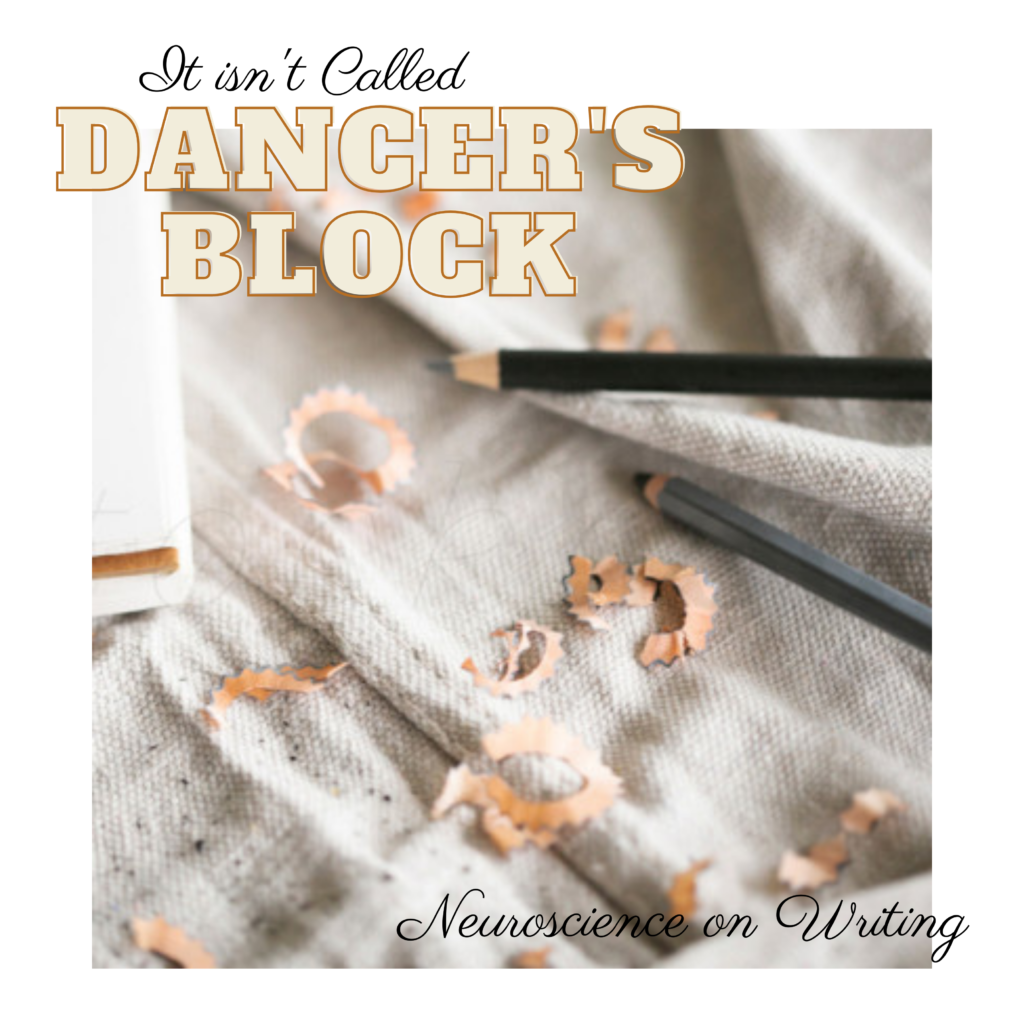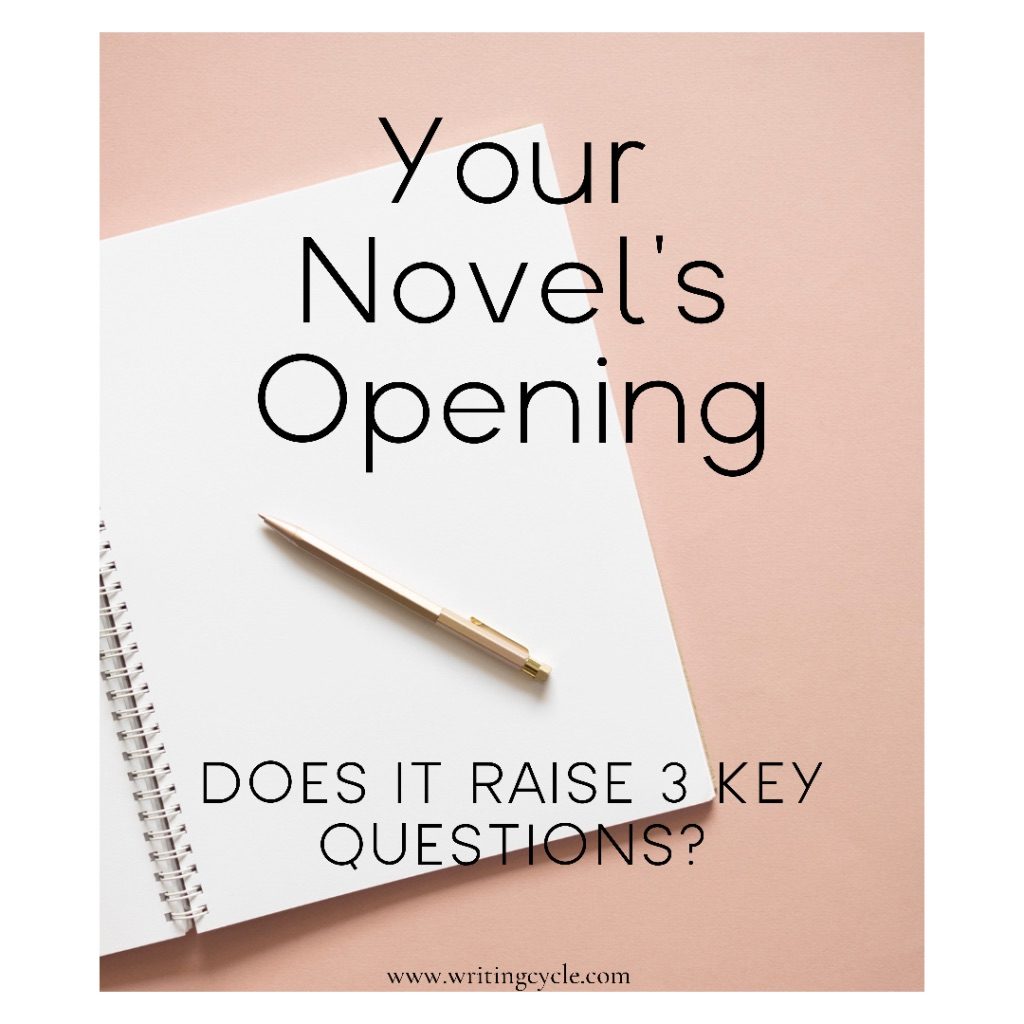WHAT FILM CANNOT: The Technique That Saves Fiction from Extinction
The drive to connect is a primary motivation of both writers and readers. If authors don’t capitalize on viewpoint intimacy, they won’t have an audience . . . or an art form.
When I was an undergraduate, my award-winning creative writing professor embodied the workshop adage “show, don’t tell”. An old-school minimalist, he boiled fat from the bones of his stories, sculpting exterior masterpieces of deceptive simplicity and encouraging students do likewise. Our first assignment: write a five-page story with no more than a single line of exposition or interiority.
In ten years teaching college creative writing, I, too, championed “show, don’t tell . . .” until I noticed among students a distinct unease with occupying a character’s interior life. Instead of seeing life through his eyes or inhabiting her thoughts, stories were laced with directorial cues, yet lacked the filmmaking tools necessary to make these visions manifest. My default question in workshop soon became: Why must this be a story, rather than a screenplay?
Some reasons writers are reluctant to go interior:
- The may not know what their characters are thinking.
- They may fear being overt.
- They may struggle to integrate thoughts as part of the narrative, as opposed to setting them apart with italics.
Much of the time, though, the reluctance to mine characters’ interior landscapes results from misunderstanding the medium. Both film and fiction strive to connect with audiences, but the means by which they do so are different. Nonetheless, writers of novels or memoir who do not realize how tools of the page differ from those of the screen or stage miss opportunities to capitalize on the very thing that makes literature unique, and risk rendering creative writing not only weak, but potentially obsolete.
WHAT FILM CANNOT
As Marshall McLuhan wrote, “A new medium is never an addition to an old one, nor does it leave the old one in peace.” Each time a new technology appears, it actually changes the way we use current technology. For example, before the camera was invented, painters focused on creating realistic portraits. Once the camera began capturing images more lifelike than the best of paintings, painters started to examine what paintings could offer that photographs could not, and art began to move in a more abstract direction. It’s no coincidence that Cezanne, born the year the camera was invented, is known as the grandfather of modern art.
Literature has been equally affected by storytelling technologies such as television and film. Prior to the advent of cinema, novels presented plot-driven narratives through a distant lens, sometimes spending pages describing a sunrise. Once film came along, it could more easily showcase ensemble casts and exotic landscapes, as well as enable viewers to see what was going on “back at the ranch”.
Not surprisingly, the popularity of television and movies has caused doubters to herald the ‘Death of Novel’ every year. But the novel just won’t die. Why is that? Why would someone choose to read a book, if she could instead watch a movie? Because film has caused the form to evolve. Now writers must ask, “What can fiction offer that film cannot?”
TOOLS OF THE SCREEN
P.T. Anderson coaxes masterful performances from actors. Wes Anderson’s films are brought to life as much from set design and stop animation as from dialogue. The voice of a film arises from a combination of tools and collaborators. Directors, in a sense, take on the role of the 19th century novel’s omniscient narrator, as described in Robert Boswell’s The Half Known World in that they choose what to include and exclude from the telling, offer a strong point of view on the characters and actions taking place, and employ the tools of their medium—from soundtrack to cinematography—to bring this vision to life.
Novelists and short story writers bring a different set of tools to the arena: language, interactivity, and, most importantly, interiority.
TOOLS OF THE PAGE
1. Language
Zadie Smith made this point in a recent interview: “When I’m disappointed by a story or novel, why?” she asked. “It’s simple. For it to be worthwhile, there has to be a reason for it to be in written language. In 1820, that was not one of the demands. That’s what there was as a medium. But now there are all these others. I could hear a song. I could watch a film. You have to give me a reason why you have written this down . . . the sentences must be necessary.”
2. Interactivity
When a film is produced, actors are cast, sets designed, and each viewer passively receives the very same visuals. Viewers need not fill in connective tissue nor imagine people and places in the same sensory detail as they do when reading. This process of imagining is actually co-creating, a far more active, intimate, and, ultimately, resonant activity than simply viewing someone else’s creation.
3 Interiority
When you watch a movie you are watching characters on camera as opposed to looking through their eyes. Literature allows for a more intimate experience by immersing readers in a character’s inner world of fantasies, fears, and urges that go unexpressed. This ability to slip into a character’s thoughts while he muses is one of the main reasons we read. In one of my favorite guides to writing, Pulitzer Prize winner Robert Olen Butler notes that “in the most exciting literary works, an internal conflict runs parallel to, or resonates through, some larger conflict in the external world. That interaction between the inner and the outer is a unique provenance of narrative. No other art form can really grasp the interaction between the external world and the internal world as fiction can.”
THE IMPORTANCE OF EMPATHY
Consider what David Foster Wallace said in response to the question of why we read: “I don’t know what it’s like inside you and you don’t know what it’s like inside me. A great book allows me to leap over that wall.”
If art is the process of revealing ourselves and our connection with one another, literature serves as perhaps the most intimate of arts, bridging the gap between self and other by allowing readers to see themselves in that which is not them. By meeting this profound human yearning for connection, and merging, literature assumes its power to facilitate empathy. According to landmark studies by psychologists Raymond Mar at York University and Keith Oatley at the University of Toronto, those who read fiction are capable of the most empathy and greatest “theory of mind—the ability to hold opinions, beliefs and interests apart from their own”. This has profound social and political implications.
“The longing for mutuality compels us to make art.”
― Pablo Neruda
THE PARAGRAPH THAT CHANGED THE COURSE OF LITERATURE
Imagine if Chekov had chosen to show rather than tell in this excerpt from his short story “Lady with the Pet Dog,” a paragraph widely considered to have paved the way for 20th Century literature by placing precedence on the inner life of the individual. In it, Chekov’s elitist, womanizing protagonist edges from contempt toward compassion as he gains a sense of shared humanity with a young married woman whom he seduced in Yalta.
Of Gurov, Chekov writes: “He had two lives: one, open, seen and known by all who cared to know, full of relative truth and of relative falsehood, exactly like the lives of his friends and acquaintances; and another life running its course in secret. And through some strange, perhaps accidental, conjunction of circumstances, everything that was essential, of interest and value to him, everything in which he was sincere and did not deceive himself was hidden from other people; and all that was false in him, the sheath in which he hid himself to conceal the truth . . . all that was open. And he judged of others by himself, not believing in what he saw, always believing that every man had his real, most interesting life under the cover of secrecy and under the cover of night.”
Without access to inner thoughts, Chekov’s story would be impossible to render from a plot perspective. How would readers understand the tension that exists between what Gurov wants to say or do versus what he actually says and does? Closing the door on a character’s inner life closes the author off to the potential for creating the tension inherent whenever readers observe a difference between what a character thinks and what a character does. Sharing a character’s inner life instantly ups tension, as readers savor that juxtaposition of who a character believes himself to be versus how he actually behaves in the world.
From a thematic perspective, since Chekov’s story is about empathy, it requires a tool facilitating empathy to render. Gurov learns to become more empathetic as he sees himself in others; readers become increasingly empathetic as we see ourselves, like it or not, in Gurov.
FILM VERSUS LITERATURE: TRY THIS AT HOME
Can you identify at least one reason why your manuscript must be written for the page, rather than for the screen or stage?
Try this exercise to gain familiarity with exterior versus interior writing:
- Take a three-page scene from your manuscript and convert it into screenplay format. Limit yourself to tools of the screen—no interiority allowed. See how easy—or challenging—the task is. Does your material lose anything in the adaptation?
- Now, take the same scene and open it up, as you might rip open a seam to insert a pleat. In this pleat, draft two or three rough pages consisting of nothing but inner thought—no action or dialogue. Explore what your viewpoint character yearns for . . . or fears, is ashamed of . . . or frustrated with. (Having trouble identifying your viewpoint character because your draft goes into multiple characters’ thoughts in the same scene? That’s a sure sign your project is skewing cinematic.)
- Finally, stitch your script version and interior pages together, turning the scene back into literature with a more balanced proportion of musing and dramatization.
Which best fits the vision you have for your work?
Ready to achieve your writing goals?
Get your work-in-progress publication-ready with The Writing Cycle’s signature manuscript critique and editing service.
If you’d like a writing coach to help you better connect with your personality type and creative process, reach out and let’s chat.

Leave a Reply Cancel reply
Submit
LET's GET STARTED.
Hi, I'm Carol,
an Arizona-based editor who turns ideas into art. Need to get your book publication-ready?
Receive
Copyright © 2022 The Writing Cycle
Brand Photos By: Hayley Stall Matt Allen
Sign up for our quarterly newsletter and gain immediate access to free writing resources.
Stock Photos By: Styled Stock House



Great article. I’ve been saying literature is interactive for years — it’s cool to find other people saying the same thing.
This was a great article. I’m actually working on a nonfiction memoir piece right now and had become completely stuck. My scenes were pretty good, but when I workshopped the piece, people kept saying they needed more of me, more of what I was thinking. But I was afraid I’d end up telling what I’d already shown, like I was sad or frustrated or whatever. But after reading your piece, I finally got it that it’s interiority I’m missing–the internal conflict I was having more so than just feelings. After reading your post, I knew how to move forward into my next draft. Thank you!
I have learn some just right stuff here. Certainly value bookmarking for retnvisiig. I surprise how so much attempt you put to make the sort of fantastic informative site.
Great article. I’m currently a fiction student in an MFA program, but I’m really passionate about film, almost as much as writing. Do you think there’s any way to successfully blend what both mediums offer into fiction?
What an insightful article on the idea of interiority and its importance in fiction. Thank you for writing it.